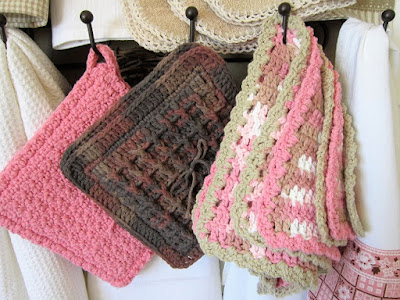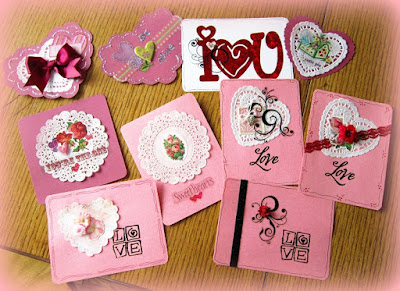Over the past several months, I have become a little obsessed with the concept of junk journals. Depending on who you talk to a junk journal is probably one of two things. It is either a journal made from recycled junk mail, scraps of other useful papers, pages ripped from throwaway books or art magazines, a pretty gift bag or any other paper that would otherwise be "junked" or thrown away. These papers are used as background papers and sometimes altered with paint or other art media to make beautiful handmade books that can be used as journals and photo albums.
The term "junk journal" may also refer to a journal, such as a composition notebook or regular journal, that has been put to use as a sort of glue book or smash book to hold the scraps or "junk" memorabilia of our lives. These items might include fuzzy photos, concert tickets, the receipt from your birthday dinner, a pretty feather found on your anniversary. All the stuff in your sock or office drawer that you don't want to throw away but that is not elegant enough for a photo album.
If you search the Internet and particularly Pinterest with the term "junk journal" you'll see wonderful examples of what I'm trying to describe. I am amazed at such beautiful books. So I wanted to try my hand at making a junk journal. When this little cardboard flyer came in my mail, I knew I had the making of a book cover. My "midori style" junk journal is born.
I covered both the inside and the outside of the flyer with patterned paper from the scrap drawer of my paper stash.
By "midori" style I mean the style of binding for the pages. Midori journals use a set of rubber bands around the spine of the cover. Leaflets or booklets are slipped under the rubber bands to hold them, somewhat loosely and often temporarily, inside the cover. I wrapped cotton string several times around my cover to create a similar binding for my leaflet pages.
I again raided my scrap drawer for pretty patterned paper to use as inside leaflet pages. I embellished the outside of the pages with stickers. The stickers were also leftovers and didn't match from page to page. You can see that the pages are tucked under the strings.
I used chalk to color and soften the edges of the inside pages. These are the pages where I will write notes. Again, you can see the simple way the page slips under the string and is held by the fold in the paper.
I made two envelope pages to hold scraps and memorabilia. The flap of the envelope tucked around the string and into the envelope itself. Then I embellished the outside of the envelope.
My journal is held together on the outside with a plain red rubber band. A matching button is tied to it. The band just slips on and off to hold everything closed. That's it! I love Pinterest! Don't you?











































